What Are Spatulas Used For? 25 Surprising Ways to Use Them
Get ready to uncover 25 surprising ways to use spatulas and become a kitchen pro!
From flipping pancakes to scraping every last bit of batter, these versatile tools have endless possibilities.
So, put on your chef hats and let’s dive into the world of spatulas! Are you ready to whip up some culinary magic?
What Are Spatulas Used For?
Spatulas are used for flipping and lifting food, spreading icing or frosting on cakes, and mixing ingredients. They are also handy for scraping the sides of mixing bowls and removing the last bits of batter or dough.
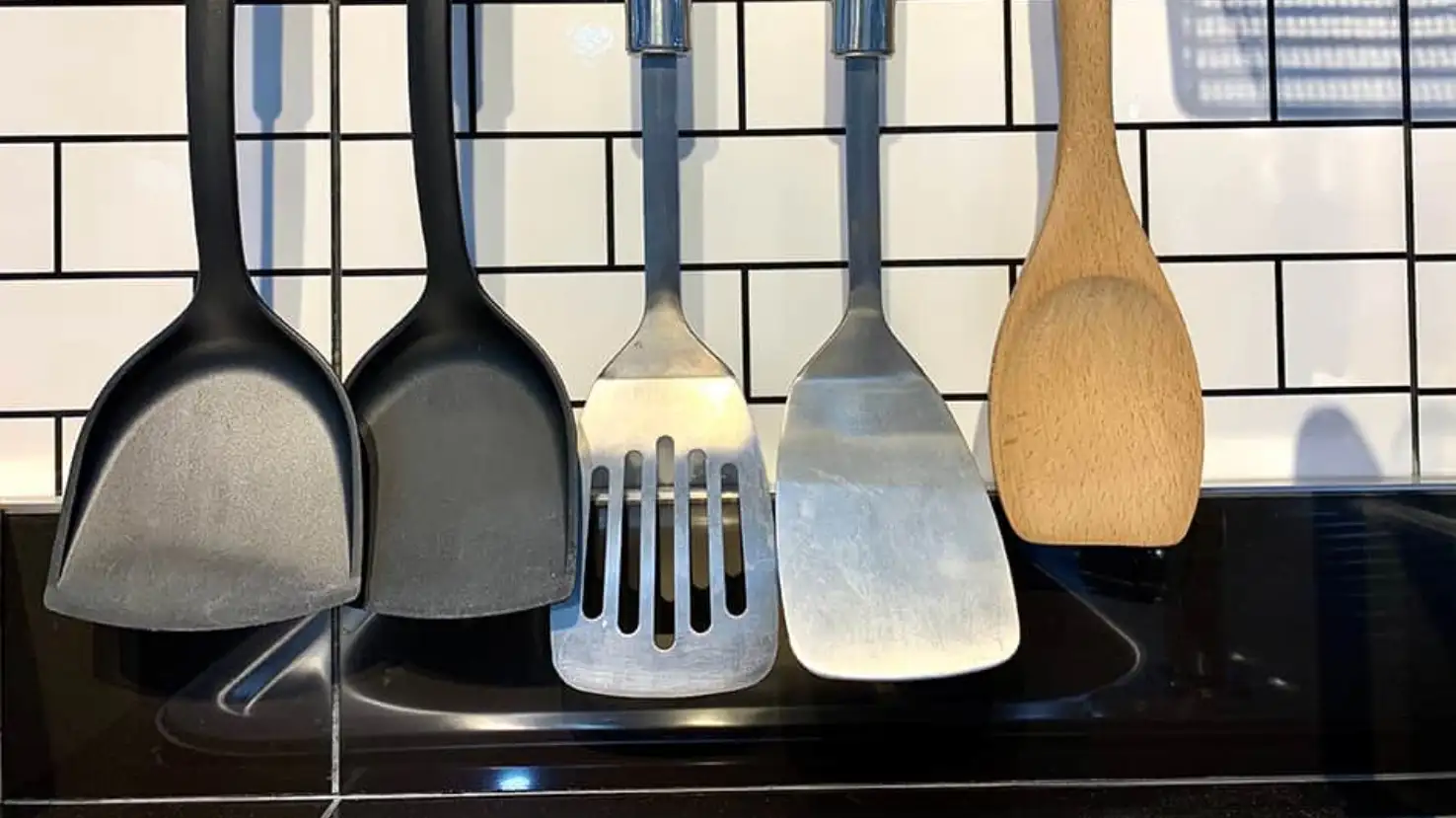
25 Most Common Uses of Spatulas
1. Cooking and Baking:
One of the most common uses of spatulas is in cooking and baking.
Spatulas are versatile tools that help to mix, flip, and turn food while it’s cooking.
They are especially handy when working with delicate foods like pancakes, eggs, and fish fillets.
A heat-resistant silicone spatula is great for stirring sauces, while a metal spatula with a thin, flexible blade is perfect for flipping burgers on the grill.
2. Scraping Batter and Dough:
Spatulas are excellent for scraping every last bit of batter or dough from a mixing bowl.
The flexible and flat edge of a spatula ensures that no delicious batter goes to waste.
You can use a spatula to scrape cake batter into a baking pan or to gather dough remnants for re-rolling.
3. Frosting Cakes and Cupcakes:
When it comes to frosting cakes and cupcakes, spatulas are indispensable.
A straight-edged spatula, also known as an offset spatula, is perfect for spreading frosting smoothly and evenly.
It helps achieve that professional, polished look on your baked goods.
4. Mixing Ingredients:
Spatulas are great for mixing ingredients together. Whether you’re making a salad dressing, stirring cookie dough, or folding in whipped cream, a spatula allows you to combine the ingredients gently without overmixing.
The flexible material of a spatula ensures that you don’t damage the texture of the mixture.
5. Scrambling Eggs:
Scrambled eggs are a breakfast favorite, and a spatula is the go-to tool for making them.
The wide, flat surface of a spatula allows you to gently scramble the eggs in a pan, ensuring even cooking and preventing them from sticking.
6. Flipping Pancakes:
Flipping pancakes can be a tricky task, but with the right spatula, it becomes a breeze.
A spatula with a wide, thin blade and a heat-resistant handle allows you to easily slide it under the pancake and flip it without breaking or damaging its shape.
7. Removing Cookies from Baking Sheets:
After baking a batch of cookies, a spatula helps you remove them from the baking sheets without any fuss.
A thin, metal spatula slides under the cookies, lifting them off the sheet while keeping their shape intact.
8. Serving Desserts:
Spatulas are ideal for serving desserts, such as pies, cakes, and bars.
A spatula allows you to cut and lift a clean slice or portion of the dessert without it crumbling or falling apart.
9. Stir-Frying:
When stir-frying vegetables or meats, a spatula is a handy tool for tossing and turning the ingredients in the pan.
Its flat surface and heat-resistant properties make it suitable for high-temperature cooking.
Do Silicone Spatulas Work Well for Frying?
10. Cleaning Mixing Bowls:
Spatulas aren’t just for cooking; they’re also helpful for cleaning up.
With a spatula, you can easily scrape out any remaining batter, dough, or sauce from mixing bowls, making the cleaning process a breeze.
11. Spreading Condiments:
Spatulas are perfect for spreading condiments like mayonnaise, mustard, or peanut butter on bread or sandwiches.
The flat surface and flexibility of a spatula allow you to achieve an even layer without tearing the bread.
12. Icing Cupcakes:
Just like frosting cakes, spatulas are fantastic for icing cupcakes.
A small, angled spatula allows you to apply a swirl or smooth layer of icing on top of each cupcake, giving them an appealing and professional finish.
13. Flattening Ground Meat:
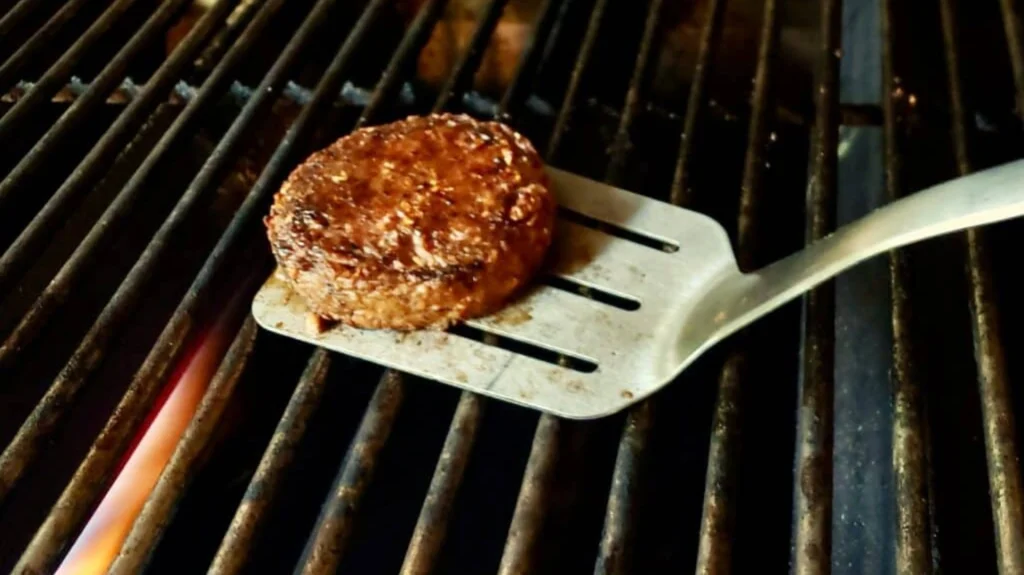
When cooking ground meat, a spatula can be used to flatten and break it into smaller pieces.
It helps to evenly brown the meat and ensure it cooks thoroughly.
14. Mixing Salad Dressings:
Spatulas come in handy when making homemade salad dressings.
You can use a spatula to mix all the ingredients together, ensuring a well-blended dressing.
15. Portioning and Serving Casseroles:
Spatulas are excellent for portioning and serving casseroles or lasagna.
A wide spatula allows you to scoop out neat servings without disrupting the layers or presentation of the dish.
16. Grilling and BBQ:
Spatulas play a crucial role in grilling and BBQ cooking.
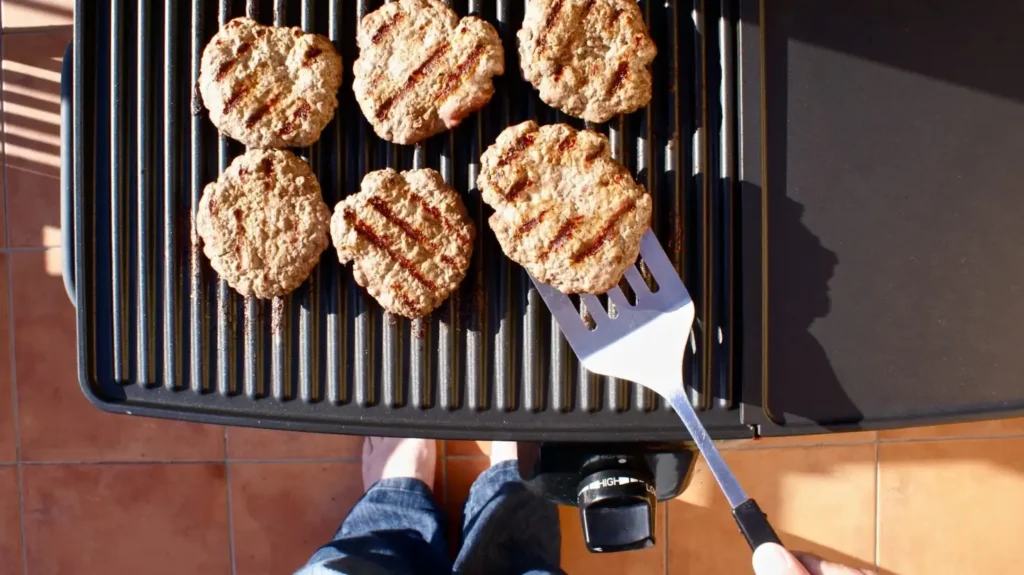
A sturdy, long-handled spatula with a wide, slotted blade is perfect for flipping burgers, steaks, and delicate fish fillets on the grill.
The slots in the spatula’s blade allow excess fat and juices to drain away, preventing flare-ups and ensuring even cooking.
17. Removing Jams and Spreads:
Spatulas are useful for removing jams, spreads, and other thick condiments from jars.
The thin, flexible edge of a spatula easily scrapes out every last bit of your favorite jam, peanut butter, or Nutella from the container, ensuring you don’t waste a drop.
18. Basting and Glazing:
When basting meats or glazing pastries, a spatula is a handy tool.
A silicone spatula with a heat-resistant handle is perfect for spreading marinades, sauces, or glazes evenly over the surface of your food.
Its flexibility allows you to coat every nook and cranny, enhancing the flavor and appearance of your dish.
19. Melting and Stirring Chocolate:
Working with melted chocolate requires precision, and a spatula is essential for this task.
A silicone spatula allows you to melt chocolate gently, preventing it from burning or seizing.
Its heat-resistant properties ensure it won’t melt or warp when in contact with hot chocolate, and its flexibility allows for easy stirring and scraping of the chocolate as it melts.
20. Making Sandwiches:
Spatulas are fantastic for assembling sandwiches.
Whether you’re spreading mayo, layering ingredients, or pressing down on a panini, a spatula provides the control and precision needed to create the perfect sandwich.
Its flat surface and versatility make it an excellent tool for building a variety of sandwiches, from simple classics to gourmet creations.
21. Transferring Sautéed Vegetables:
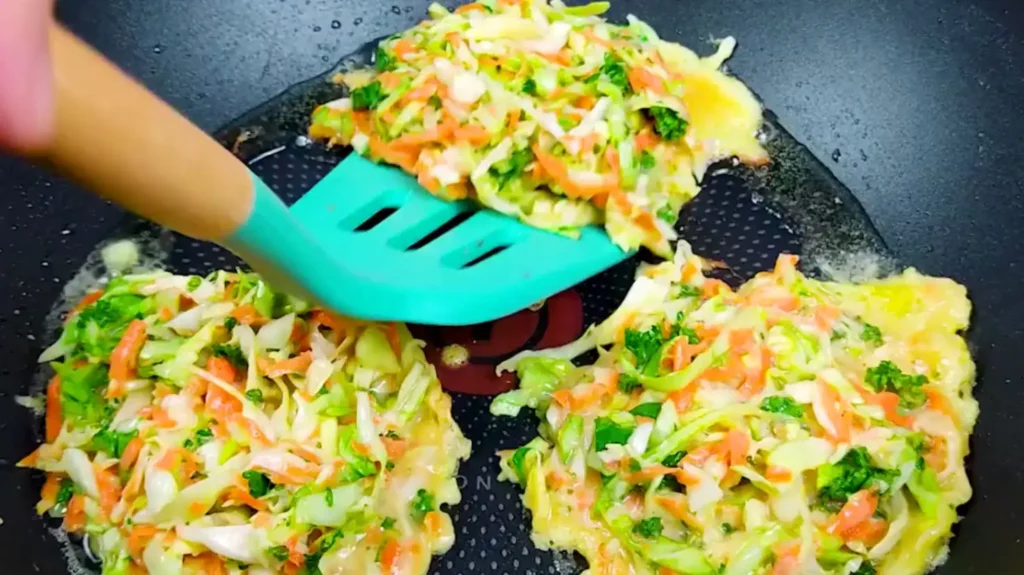
After sautéing vegetables, a spatula helps you transfer them to a serving dish or plate.
Its flat, wide blade allows you to scoop up the vegetables without crushing or damaging them.
This ensures that your sautéed vegetables retain their texture and appearance, ready to be enjoyed.
22. Mixing and Serving Scrambled Tofu:
Spatulas aren’t just for eggs; they are also great for making and serving scrambled tofu.
A spatula allows you to gently mix and stir the tofu in the pan, breaking it into crumbles.
Once cooked, the spatula can be used to transfer the scrambled tofu to a plate or bowl for serving.
23. Creating Perfect Omelettes:
Making Omelettes can be a delicate process, and a spatula is essential for achieving a flawless result.
A thin, flexible spatula allows you to gently lift and fold the omelette without tearing or breaking it.
Its precision and control make it an indispensable tool for omelette enthusiasts.
24. Removing Brownies from Baking Pans:
Brownies are a beloved treat, and a spatula helps you remove them from the baking pan with ease.
By sliding a spatula along the edges of the brownie, you can loosen it from the pan and lift it out in neat, intact squares, ready to be devoured.
25. Cleaning Countertops:
Spatulas are not only practical for cooking tasks but also helpful for cleaning countertops.
With a spatula, you can easily scrape away sticky spills, dried dough, or other residues from your kitchen surfaces.
Its flat edge efficiently removes the mess, making it easier to wipe the countertops clean.
Factors to Consider When Choosing the Right Spatula
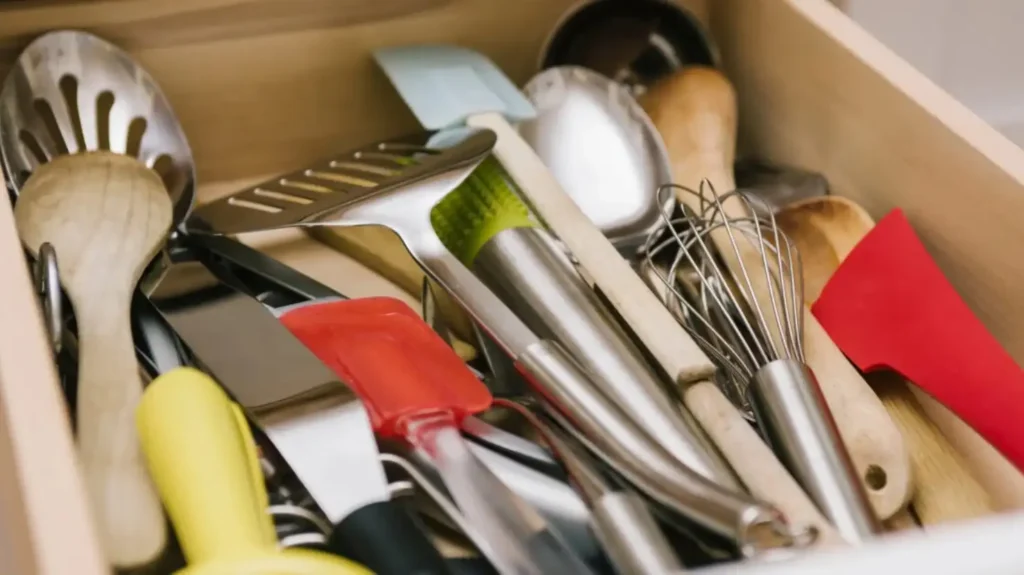
Here are some key factors to consider when choosing the right spatula:
Consider the type of cooking you do regularly:
Silicone spatulas won’t harm nonstick cookware, making them a good choice.
Metal spatulas are preferable for grilling since they can resist high temperatures and are more durable.
Think about the temperature of the food you will be cooking:
Consider the cooking temperature while choosing a spatula.
Silicone spatulas are known for their heat resistance and can be used to stir hot ingredients without melting or warping.
In contrast, rubber spatulas are better suited for cold ingredients as they may not hold up well under high heat.
Consider the material of your cookware:
If you have nonstick cookware, it’s important to choose a spatula that won’t scratch the surface.
Silicone and wood spatulas are both gentle on nonstick surfaces and won’t damage the coating.
However, metal spatulas may scratch the surface and are better suited for stainless steel or cast iron cookware.
Material of spatula
The material of your spatula can have a significant impact on its performance and durability.
Silicone, plastic, and metal are the principal spatula materials.
Because it’s heat-resistant, non-stick, and flexible, silicone is a popular choice for cooking delicate foods.
Plastic is light and cheap, but it may not be as durable as silicone or metal.
Metal spatulas are the most durable and versatile option, but they can scratch non-stick pans and may not be heat-resistant.
Shape
The shape of your spatula can also affect its performance. There are two main shapes of spatulas: flat and slotted.
Flat spatulas are great for flipping and stirring foods, while slotted spatulas are ideal for draining liquids and lifting delicate foods like fish.
Some spatulas also have angled or tapered edges, which can make it easier to slide under food and flip it without damaging it.
Size
The size of your spatula should be chosen based on the size of the pan or dish you will be using it with.
A smaller spatula is ideal for small pans and delicate foods, while a larger spatula is better for larger dishes and foods that require more support.
Look for a comfortable handle:
The handle of your spatula should be comfortable to hold and use.
Be sure to choose a handle that suits your needs, whether you prefer a long or short handle, a textured grip, or a soft touch material.
A comfortable handle will make cooking easier and more enjoyable.
Cleaning
Finally, it is important to consider how easy the spatula is to clean. Some spatulas are dishwasher safe, while others require hand washing.
It is also important to consider how easy the spatula is to dry, as moisture can lead to rust or bacteria growth.
FAQs
What Are The Different Types Of Spatulas?
There are various types of spatulas such as silicone, wooden, metal, fish, offset, and turner spatulas, each designed for a specific purpose.
Can Spatulas Be Used For Mixing Ingredients?
Yes, spatulas can be used for mixing ingredients, particularly in baking, as they are gentle and won’t overwork the batter or dough.
How Do You Clean A Spatula?
Cleaning a spatula is easy – just rinse it under warm water with soap or place it in the dishwasher.
Avoid using abrasive cleaners or scrubbers that may damage the spatula’s surface.
Is It Safe To Use Spatulas On Non-Stick Cookware?
Yes, it is safe to use spatulas on non-stick cookware as long as they are made of soft materials such as silicone, nylon, or wood.
Avoid using metal spatulas on non-stick surfaces as they can scratch and damage the coating
Conclusion
Hence, spatulas are multipurpose culinary equipment.
Any kitchen needs a spatula for flipping pancakes, sautéing vegetables, or scraping the last pieces of cookie dough.
There’s a spatula for every cooking requirement and desire with so many materials, forms, and sizes.
